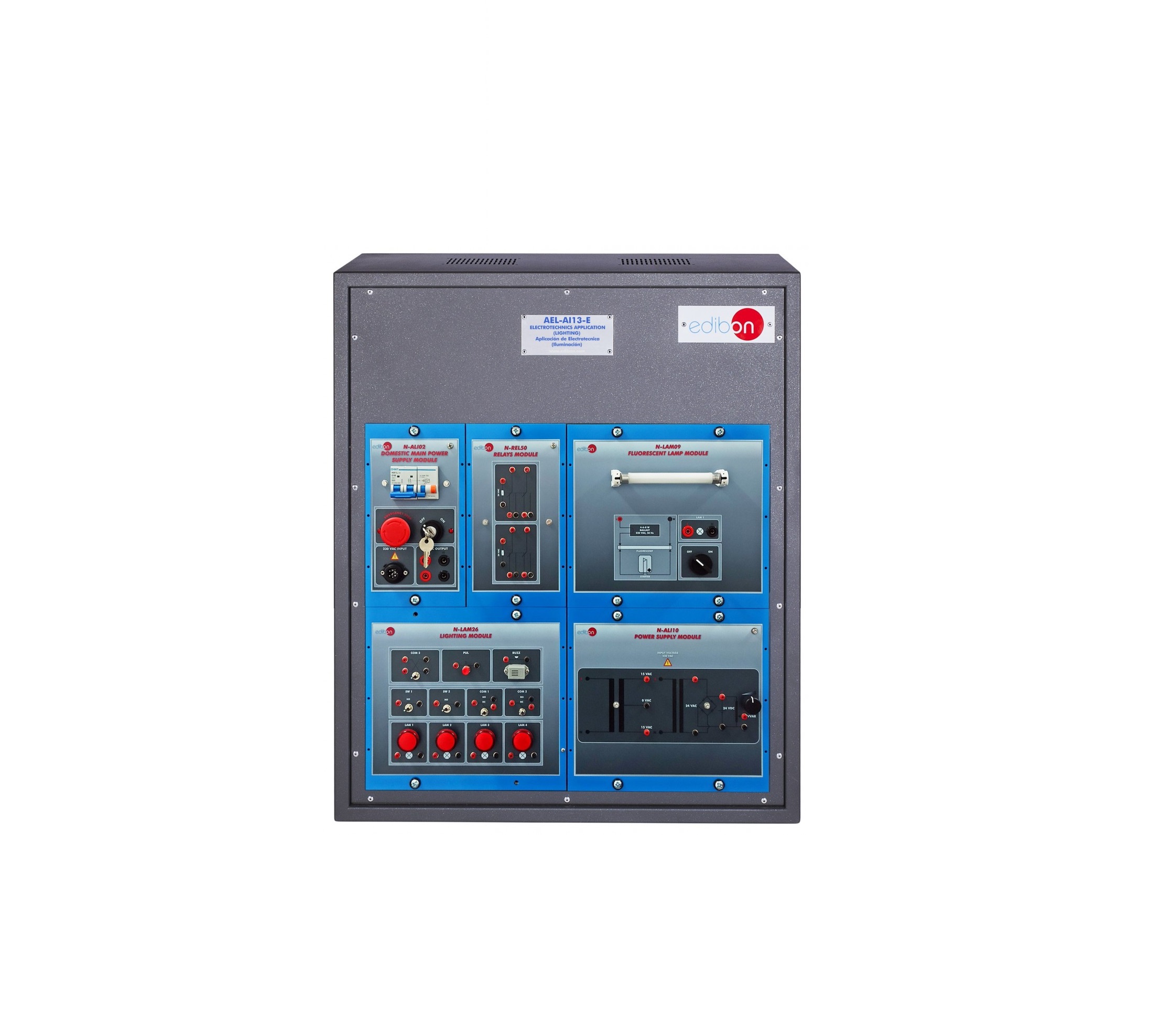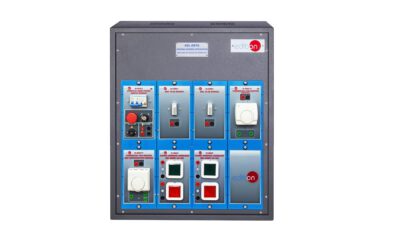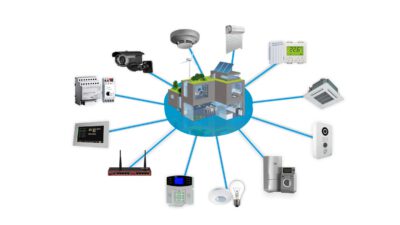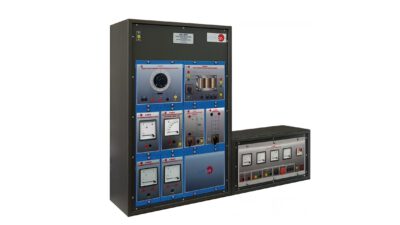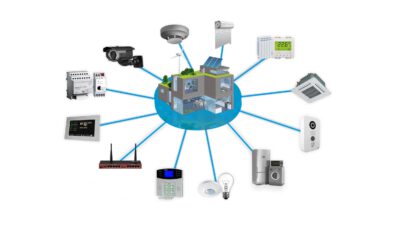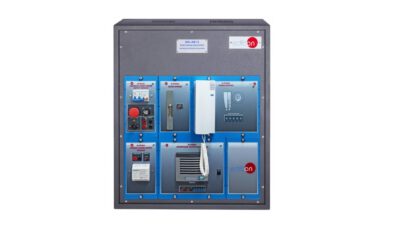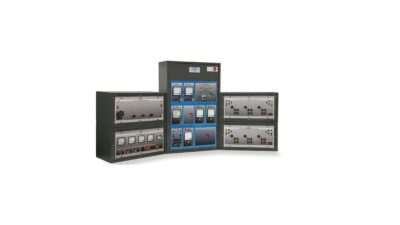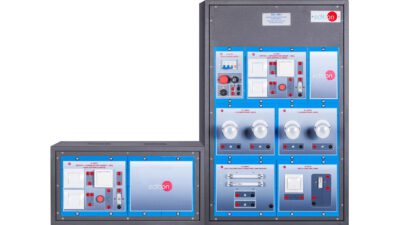SPECIFICATIONS
The application “AEL-AI13-E” includes the following elements:
• N-ALI02. Domestic Main Power Supply Module.
Supply voltage (single-phase): 230 VAC, 1PH+N.
ON/OFF removable key.
Output voltage connections:
Two single-phase: 230 VAC.
Single-phase supply hose connecting plug.
Differential magnetothermal 2 poles, 25 A, 30 mA AC 6 KA.
Emergency stop push button.
• N-ALI10. Power Supply Module.
Supply voltage (single-phase): 230 VAC, PH+N.
Output voltage:
15 – 0 – 15 VAC.
24 VAC.
24 VDC.
0 – 24 VDC (adjustable).
• N-LAM09. Fluorescent Lamp Module.
Nominal voltage: 230 VAC (PH+N)
Switch ON/OFF.
Fluorescent lamp.
Nominal power: 4 W.
Supply terminals (LN).
• MED65. Digital Multimeter.
This module has a digital multimeter of about 3 ½ digits, with double-jack ending cables of about 4 mm
to facilitate interconnections.
With this digital multimeter we will be able to measure:
Voltage.
Current.
Resistance.
Capacitors capacity.
Temperature.
• N-REL50. Relays Module.
Nominal voltage: 24 V.
Two relays.
Two Normally Open contact (NO).
Two Normally Close contact (NC).
• N-LAM26. Lighting Module.
Four 24 V red lamps.
Two switches.
Two simple switches.
One crossover-switch.
One push-button.
One buzzer.
• All necessary cables to realize the practical exercises are included.
AEL-AI13-E | ELECTROTECHNICS APPLICATION (LIGHTING)
The Electrotechnics Application (Lighting), “AEL-AI13-E”, is designed with the aim of students who are starting to learn about electricity, can differentiate clearly between the kind of connections of some devices, in this case, lighting devices, such as, serial connections and parallel connections and with control elements, such as, switches or push-buttons.
For that, this application includes a main power supply, a power supply module, a fluorescent lamp with which you can learn the method of connection of this kind of lamps, a digital multimeter, a relays’ module with switches and a lighting module with switches, push-buttons and a buzzer.
Combining all of these elements, you can experiment some situations of lighting control to understand the working of these devices and reinforce concepts about electricity.

